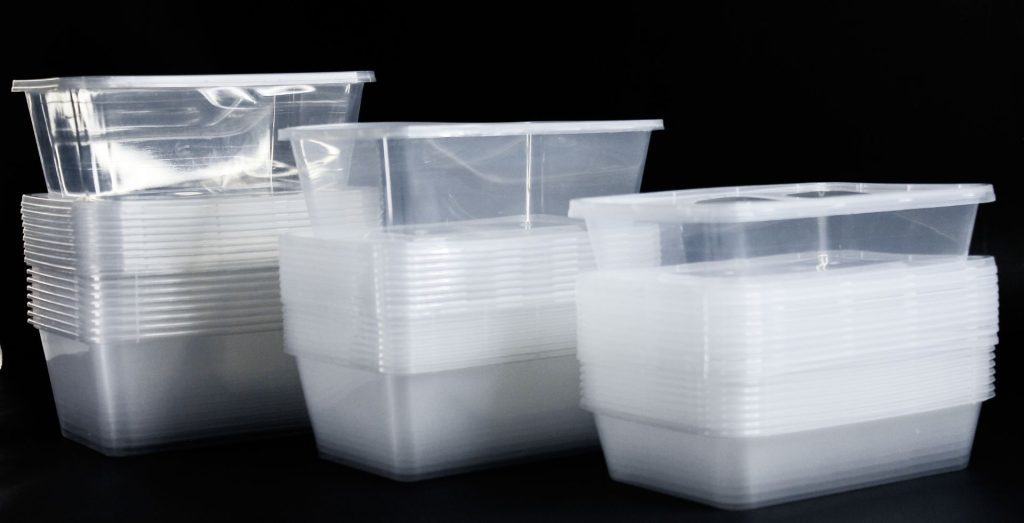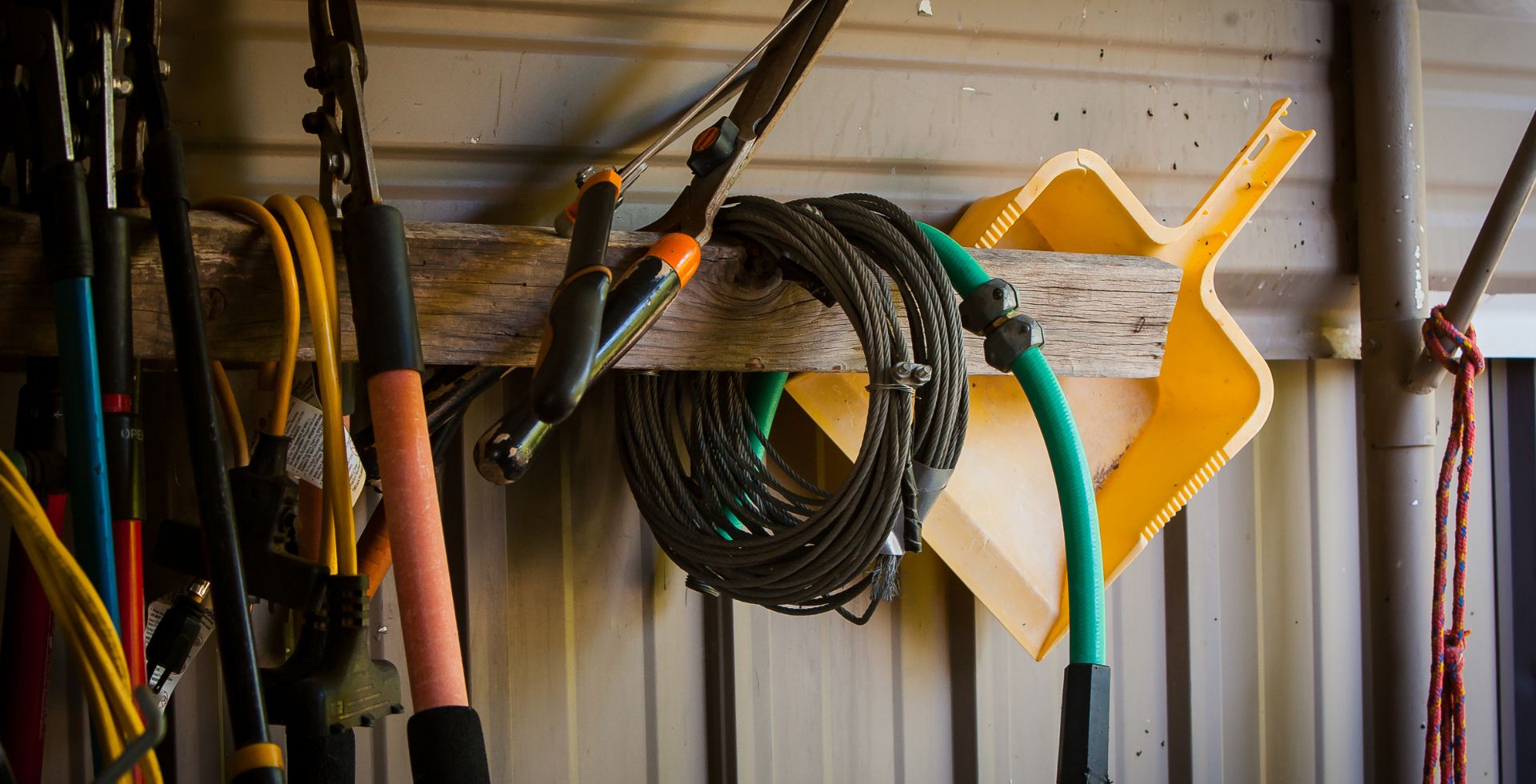What Not to Store in a Shed: Essential Tips
Are you in need of some extra storage space in your yard? A shed can be a great place to store a variety of items, from garden tools to lawn equipment. However, it’s important to know what not to store in an outdoor shed to ensure that your belongings stay in good condition.
In this blog post, we will discuss the items you should avoid storing in a shed, as well as provide some safe alternatives for storage. Let’s dive in and discover what to keep out of your shed to maintain the integrity of your belongings.
Considerations for Storing Items in Sheds
When it comes to storing items in sheds, there are a few important considerations to keep in mind. First and foremost, temperature fluctuations can have a significant impact on the condition of your belongings. Extreme heat in sheds, especially during hot summer months, can cause damage to items such as food containers, power tools, and internal wiring. On the other hand, cold weather in sheds, particularly in winter, can lead to plastic containers cracking, which can affect the nutritional value of food. It’s important to protect items like leather furniture and household appliances from inconsistent temperatures in sheds to prevent any potential damage.
Additionally, yard games, DVD players, and other household items may not function properly in extreme temperatures, so it’s best to store them in a temperature-controlled environment. Finally, items such as propane tanks, paint cans, and adhesives like neck projection glue should not be stored in sheds, as they can pose a hazard in extreme heat.
Understanding the Impact of Temperature Fluctuations
Extreme heat in sheds can be a breeding ground for a variety of problems. For example, food containers, such as canned food, are at high risk of spoiling and experiencing a loss of nutritional value in hot temperatures. Cans may even expand in extreme heat, compromising the containers and potentially leading to a metallic taste in the food.
Additionally, inconsistent temperatures in sheds can affect the shelf life of canned foods, making it important to store them in a temperature-controlled environment. It’s best to store food in airtight containers to protect them from not only heat, but also moisture, pests, and critters that may be attracted to shed storage.
The Role of Humidity in Storage
Humidity is another important factor to consider when storing items in sheds. Excessive humidity can lead to mold, mildew, and discolouration of belongings such as linens. Artwork, bedding, and appliances should be protected from moisture in sheds to avoid any potential damage. Items like adhesives, brass, and gardening tools should also be stored in sheds to prevent rust, mold, and glue deterioration, which can occur in a high humidity environment.
It’s important to note that critters, rodents, moths, and pests are often attracted to moisture in sheds, which can create havoc and further damage belongings. To combat humidity, add shed insulation to provide protection for items such as cardboard, insulation, and pantry items.
Items to Avoid Storing in a Shed during Hot Months
Now that we’ve covered the considerations for storing items in sheds, let’s take a closer look at specific items to avoid storing in a shed during hot summer months. The extreme temperatures in sheds during this time of year can pose a risk to a variety of belongings, including canned food, electronics, paint, and glue.
The Risk with Canned Food
Storing canned food in sheds during hot temperatures can lead to a variety of issues, including a loss of nutritional value and the potential for spoilage. Cans can expand in extreme heat, compromising the containers and affecting the food inside. To prevent these problems, it’s best to avoid storing canned food in outdoor sheds, as the inconsistent temperatures can significantly impact the shelf life of food items in cans. Instead, store food in airtight containers in a temperature-controlled environment to protect them from heat, moisture, pests, and critters.
Why Electronics are Vulnerable
Electronics are particularly vulnerable to extreme heat, making it important to avoid storing them in sheds during hot temperatures. The internal wiring of electronic devices can be easily damaged by moisture, pests, rodents, and critters in sheds, leading to malfunctions. Yard games, DVD players, household appliances, and other electronic items may not function properly in high temperatures, so it’s best to store them in a temperature-controlled environment to maintain their condition. Extreme heat in sheds can cause discolouration, mold, and mildew, which can further damage appliances, so proper storage is crucial to prevent any potential problems.
The Impact on Paints and Glues
Extreme heat in sheds can have a negative impact on items such as paint cans, neck projection glue, and adhesives. Paint cans, in particular, can leak in hot temperatures, creating a messy situation in your shed. Glue, including neck projection glue, can lose adhesiveness in extreme heat, affecting artwork and household items that rely on its strength. It’s best to store paint cans, neck projection glue, and adhesives in a temperature-controlled environment to prevent any potential damage.
Additionally, artwork, brass items, and gardening tools should be protected from extreme heat in sheds to maintain their condition and prevent discolouration, mold, and mildew.
Items to Avoid Storing in a Shed during Cold Months
Now let’s shift our focus to items to avoid storing in a shed during cold winter months. Freezing temperatures in sheds can pose a danger to certain belongings, including paint cans, wooden furniture, musical instruments, and more.
The Danger of Freezing for Certain Belongings
Freezing temperatures in sheds can cause a variety of items to crack, including paint cans, propane tanks, and adhesives. Wooden furniture in sheds during cold weather is particularly susceptible to moisture, mold, and mildew, which can lead to discolouration and other damage. To prevent these problems, it’s best to store brass items, gardening tools, household appliances, and other belongings in a temperature-controlled environment to avoid rust in cold temperatures. Cardboard boxes, insulation, artwork, and bedding should also be stored in temperature-controlled sheds to prevent mold, discolouration, and other potential issues.
The Harmful Effects on Wooden Furniture
Cold weather in sheds can be particularly damaging to wooden furniture. Moisture from freezing temperatures can seep into the furniture, leading to mold, mildew, and discolouration. It’s important to protect wood furniture from extreme cold temperatures in sheds to avoid any potential problems. Storing furniture in a temperature-controlled shed can help maintain its condition and prevent moisture from causing further damage. Extreme temperature fluctuations in sheds can also cause wooden furniture to warp, split, or deform, significantly affecting its lifespan.
The Problem with Storing Musical Instruments
Humidity and extreme temperatures in sheds can have a detrimental effect on musical instruments. Proper temperature control is essential to prevent instruments from warping or cracking. Moisture in a shed can lead to mold, mildew, and rust on instruments, further compromising their condition. Critters in a shed can also cause havoc to musical instruments by chewing on strings or wood. Storing musical instruments in a shed can result in discolouration and deterioration of brass instruments, so it’s best to store them in a temperature-controlled environment to ensure their longevity.
Other Items that Should Never be Stored in a Shed
In addition to food, electronics, paint, glue, furniture, and musical instruments, there are a few other items that should not be stored in a shed. These items include clothing, bedding, important documents, and pet food, here’s why:
The Issue with Storing Clothing, Linens and Bedding
Storing clothing in a shed can lead to a variety of problems, including discolouration, mold, mildew, and damage from moisture. Bedding in a shed is also susceptible to pests, moisture, and temperature fluctuations, which can affect its condition. The high temperatures in a shed can also cause fabrics to become brittle or fade, further damaging clothing and bedding. Critters in a shed can chew through these items, rendering them useless. It’s best to store linens in a temperature-controlled environment to avoid a moldy smell and ensure a hygienic condition for your belongings.
Why Important Paperwork shouldn’t be Stored
Storing important documents in a shed can expose them to humidity, pests, and extreme temperatures, which can have a detrimental effect. Moisture in a shed can cause documents to become discoloured, moldy, or mildewy, rendering them illegible or destroyed. Critters in a shed can also chew on documents, further damaging them. Extreme heat in a shed can cause documents to warp, making it difficult to store them safely.
Storing important documents in a shed can result in irreversible damage, making them invaluable. It’s best to store important documents in a temperature-controlled, dry environment to protect their integrity.
How Pet Food can Attract Pests
Storing pet food in a shed may seem like a convenient option, but it can attract pests such as rodents, moths, and critters, creating an infestation problem. Moisture in a shed can cause pet food to become moldy, leading to an unhealthy condition for your pets. Extreme temperatures in a shed can also affect the nutritional value of pet food, compromising its quality.
Critters in a shed can contaminate pet food, posing a risk to the health of your furry friends. Storing pet food in a shed can create an ideal environment for pests to thrive, increasing the chances of an infestation. It’s best to store pet food in airtight containers in a temperature-controlled space to prevent these issues.
Are There Any Safe Alternatives for Storage in Sheds?
Now that we’ve covered what not to store in a shed, you may be wondering if there are any safe alternatives. While sheds may not be ideal for storing certain items, there are a few options you can consider to ensure the safety of your belongings. Using plastic containers with airtight lids can provide protection from moisture, pests, and temperature fluctuations, making them a good choice for shed storage. Additionally, shed insulation can help control temperature and humidity, creating a suitable environment for items like garden tools and lawn equipment.
Metallic storage containers are another option to consider, as they offer protection against pests, moisture, and extreme temperatures. If space allows, utilizing storage space in an attic, pantry, or garage, where temperature control is easier, can provide better protection for belongings that are not suited for shed storage. For items such as propane tanks, paint cans, and power tools, it’s best to use storage sheds specifically designed to store these items, ensuring safety and preventing accidents.

Need More Space?
Portable Buildings of Alberta has you covered! Whether it’s extra storage, a home office, or a creative studio, our wide range of sheds can meet your needs. Don’t wait – create your ideal space today! Contact us to explore your options.

Frequently Asked Questions
Can I Keep My Things in Cardboard Boxes in the Shed?
It is not recommended to keep your things in cardboard boxes in the shed. Cardboard boxes are susceptible to moisture and can easily become damaged in sheds, compromising the condition of your belongings. Instead, consider using plastic storage bins with airtight lids to store items in a shed, protecting them from moisture, pests, and temperature fluctuations. Investing in shelving units can also help keep your items organized and off the ground, further preventing moisture damage.
Will My Photos Keep in the Shed?
Storing photos in a shed is not recommended, as they are sensitive to temperature and humidity changes. Photos can fade, stick together, or mold in damp conditions. It’s best to store photos in temperature-controlled and dry environments, such as inside your home, to ensure their longevity. If you must store photos in a shed, use proper storage containers that provide protection from moisture to minimize any potential damage.
Is it Safe to Store Artwork in My Shed?
Storing artwork in a shed is not ideal, as sheds are not typically climate-controlled. Extreme temperature and humidity changes can damage artwork, leading to discoloration, warping, or cracking. If you must store artwork in a shed, take precautions such as using protective wrapping and ensuring proper ventilation to minimize any potential damage. Consider investing in a climate-controlled storage unit for valuable artwork to ensure its safety and preservation.
What are some Items that Should not be Stored in a Shed?
Some items that should not be stored in a shed or garden shed include perishable food items, flammable materials like gasoline or paint thinner, valuable or sentimental items that could be damaged by moisture or pests, and anything that may attract pests or rodents.


